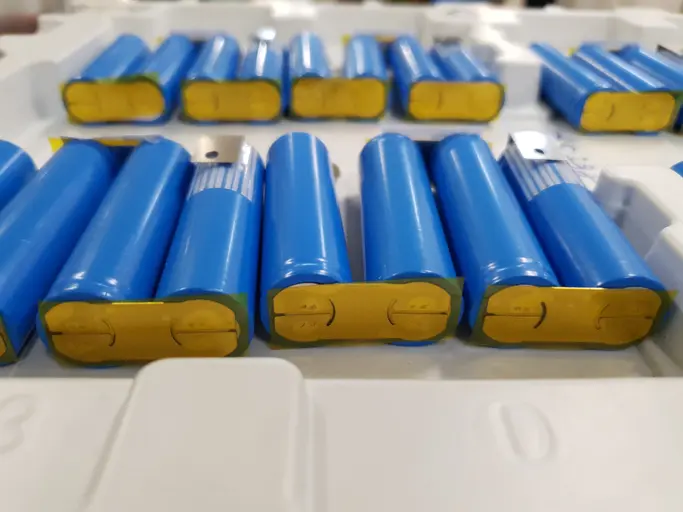The insulation protection of battery packs The insulation protection of...
control algorithm of single-phase multilevel inverter circuit
With the wide application of renewable energy and efficient power electronic equipment, inverters, especially single-phase multilevel inverters, play an increasingly important role in power systems. Single-phase multilevel inverter is a kind of power electronic equipment which can convert DC power into AC power. It has the advantages of high output voltage quality, low harmonic content and high efficiency. This paper discusses the basic principle and control algorithm of single-phase multilevel inverter and its application in modern power electronic system.
the working principle of single-phase multilevel inverter
Single-phase multilevel inverters generate multiple levels in segments from multiple DC voltage sources (such as batteries, solar panels) to achieve high-quality AC output. Compared with traditional two-level inverters, multilevel inverters can output more voltage levels, making the output waveform closer to the sinusoidal waveform, thereby reducing harmonic distortion and improving power quality.
Output voltage waveform
The output voltage waveform of a single-phase multilevel inverter can be divided into multiple voltage levels, for example, up to five or more levels can be used to generate an output that approximates a sine wave. This multilevel output is achieved by controlling multiple power switches (such as IGBTs or MOSFETs) to switch different DC voltage sources.
Voltage source topology
Common single-phase multilevel inverter topologies include:
Hierarchical inverters: Multiple DC power supplies are connected in parallel to generate the desired output voltage by controlling different combinations of switches.
NPC (Neutral Point Clamped) inverter: By setting additional switches at the neutral point, more voltage levels can be achieved.
ANPC (Active Neutral Point Clamped) inverter: Further increase the control flexibility and efficiency on the basis of NPC.
single-phase multilevel inverter circuit control algorithm
The control algorithm is the key to ensure the stability and output quality of inverter. Commonly used control algorithms mainly include the following:
Pulse width modulation (PWM) technology
Pulse width modulation is a common inverter control technique. By controlling the switching time of each switch, the output voltage waveform can be modulated. PWM technology in multilevel inverters can be divided into the following types:
Sinusoidal pulse width modulation (SPWM) : The modulated signal is generated from the reference sinusoidal signal, and the output waveform is similar to the sinusoidal waveform.
Space vector Pulse width modulation (SVPWM) : By splitting the space vector into multiple parts, the switching loss and output waveform quality of the inverter can be optimized.
Direct Power Control (DPC)
Direct power control is a control strategy that does not depend on pulse width modulation, directly controls the output power of the inverter, and calculates the required switching state by measuring the output current and voltage in real time. This method has the advantage of fast dynamic response and is suitable for rapidly changing loads.
Multi-level Control
Multi-level control combines current control and voltage control strategies to achieve efficient energy management and improve the dynamic performance of the inverter. Through hierarchical control, the operation of each inverter module can be coordinated at different control levels to improve the overall efficiency and stability of the system.
advantages
Lower harmonic distortion: Due to the ability to generate more levels, the output waveform is close to the sine wave, which effectively reduces the harmonic content.
High performance and low loss: Multilevel technology enables inverters to achieve high performance at lower switching frequencies and reduce switching losses.
Improve system stability: multi-level control method can enhance the dynamic response and system stability of the inverter under different working conditions.
Application scenarios
Single-phase multilevel inverters are widely used in the following fields:
Renewable energy systems: such as solar power generation, wind power generation, etc., can effectively improve the output power quality.
Electric vehicles: Provide efficient and stable power conversion in electric vehicle charging and drive systems.
Smart Grid: As a key component of the smart grid, it provides flexible power management and optimization.
conclusion
The single-phase multilevel inverter control algorithm is an important technology in the field of power electronics, which improves the performance and stability of inverters effectively through more accurate control means and more voltage levels. With the continuous progress of technology, single-phase multilevel inverters will play a more important role in the fields of renewable energy and smart grid in the future, bringing us more efficient and stable power solutions.

Home energy storage product series
A lithium battery pack for home energy storage systems, which is compatible with solar panels and the sun The inverter can work together with the power grid to power household appliances, and it can also be used as a For off grid systems.
Extended reading
Shock and vibration testing of single cell batteries
Shock and vibration testing of single cell batteries With the...
THE ESSC Brand promise
Global supply
Our products sell well all over the world, covering many countries and regions, through the global logistics network, to provide customers with convenient purchasing experience.
Rigorous quality
We adhere to the highest quality control standards to ensure every product meets industry regulations and customer expectations, earning trust through consistent excellence.
Excellent service
With a customer-centric approach, we provide prompt responses, professional support, and personalized services, aiming to deliver the best user experience and long-term value.


